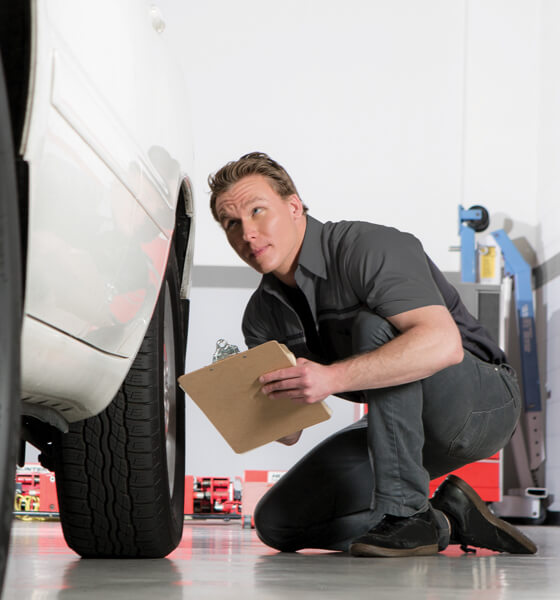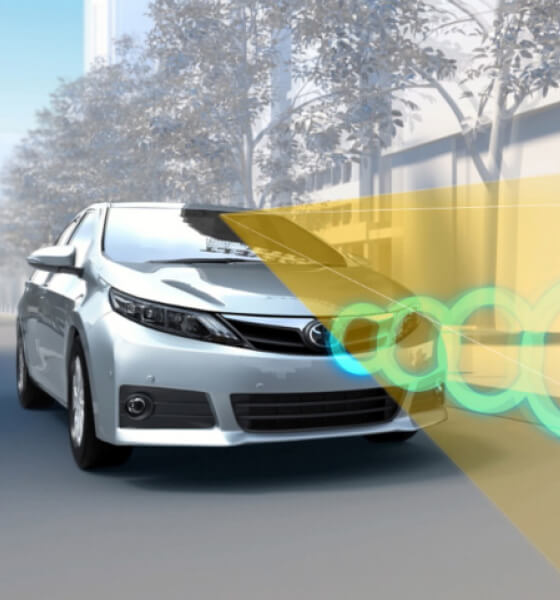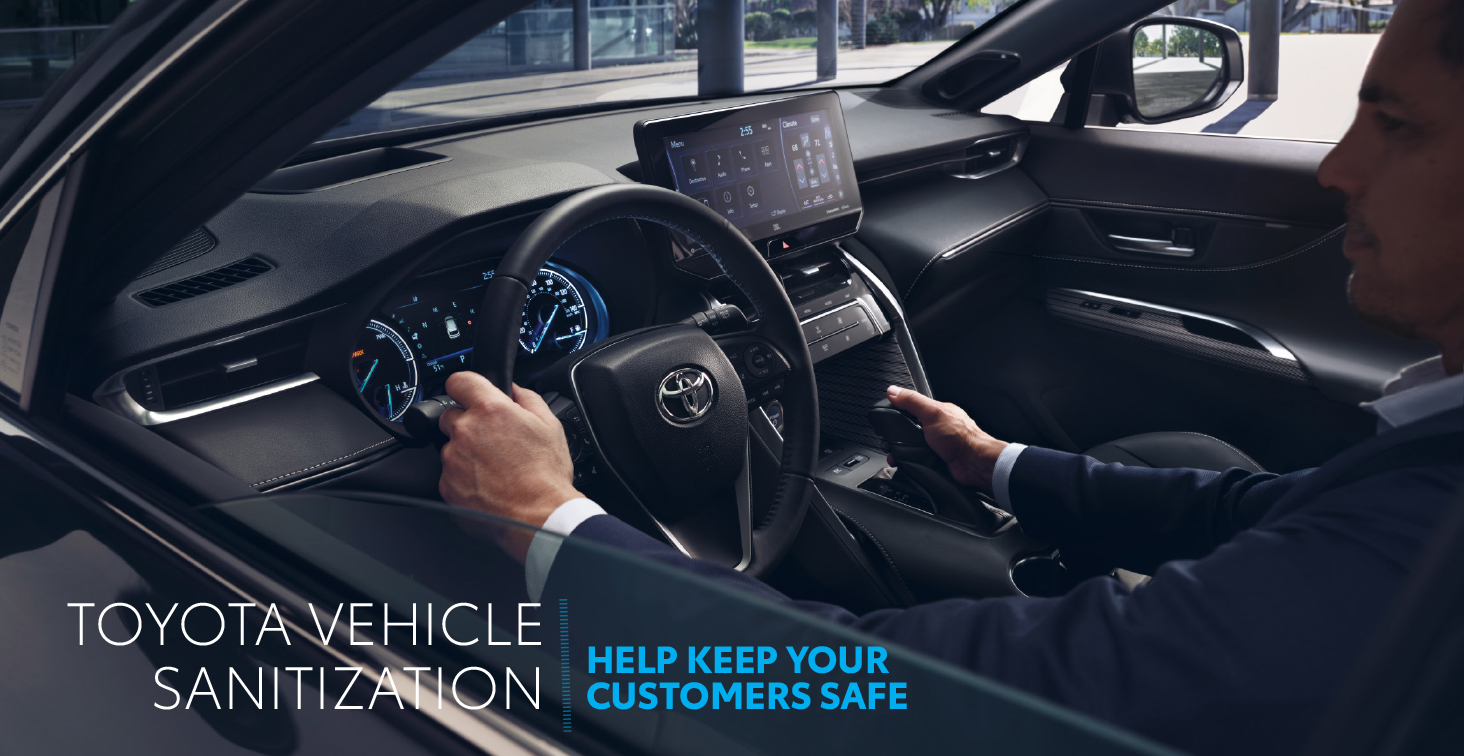
Collision Pros Magazine 2020 | ISSUE 02
Toyota Vehicle Sanitization
Help Keep Your Customers Safe
The COVID-19 crisis has changed how shops do business in so many ways. To help support you, Toyota has shared some best practices that help promote the safety of your customers and your shop employees. This information focuses on cleaning and disinfecting Toyota vehicles. It is intended to supplement your shop’s existing protocols, processes and procedures specific to the current pandemic.1
In addition to respecting social distancing and other recommendations from the Center for Disease Control and Prevention (CDC) and the Environmental Protection Agency (EPA), Toyota recommends that shops follow these basic actions with every customer vehicle: Properly cleaning and disinfecting vehicles are critical to help support the safety of your employees and customers. Toyota recommends concentrating on all high-touch areas in the interior and exterior of the vehicle, following these guidelines: Cleaning: Disinfection: Note: IF REPAIRS ARE PERFORMED ON INTERIOR PARTS OR COMPONENTS NOT LISTED ABOVE, PLEASE ENSURE THAT THOSE SURFACES ARE ALSO WIPED DOWN FOLLOWING THE GUIDELINES PROVIDED. When cleaning and disinfecting vehicles, it’s important to use suitable commercial and/or consumer product types. CLICK HERE for a matrix of suitable cleaning and disinfecting solutions. Important: Carefully follow the manufacturer’s product label instructions for cleaning and disinfecting, as these vary by product. DO NOT use disinfecting products that contain any of the following chemicals: To reduce the risk of cross-contamination when disinfecting a vehicle, do not use the same microfiber cloth or wipe on the entire vehicle. Instead: Toyota remains optimistic that our world will soon thrive again. We are committed to supporting you during these challenging times. We will continue to provide updates, which you can access in the “What’s New” section of TIS. Cleaning: Refers to the removal of dirt and impurities, including germs, from surfaces. Cleaning alone does not kill germs, but removing the germs reduces the risk of spreading infection. Disinfection: Works by using EPA-registered disinfectant chemicals to kill germs on surfaces. This process doesn’t necessarily clean dirty surfaces or remove germs. But killing germs remaining on a surface after cleaning further reduces any risk of spreading infection. CDC CLEANING AND DISINFECTING GUIDELINES This training is just one resource available to Dealers and their associates. Collision Repair Centers are free to use or not use this resource. Of course, our dealers are responsible for all employment decisions relating to their employees including all recruiting, hiring, retention, development, discipline and termination decisions.Every Vehicle, Every Time
Cleaning and Disinfecting Guidelines
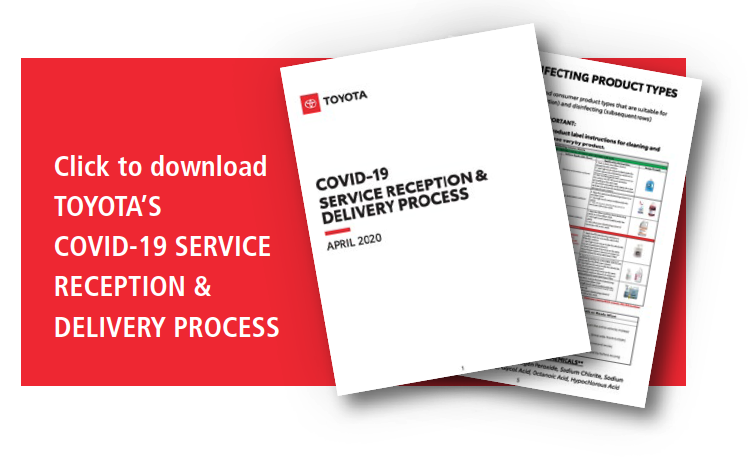
KEY INTERIOR TOUCHPOINTS
Key Exterior Touchpoints
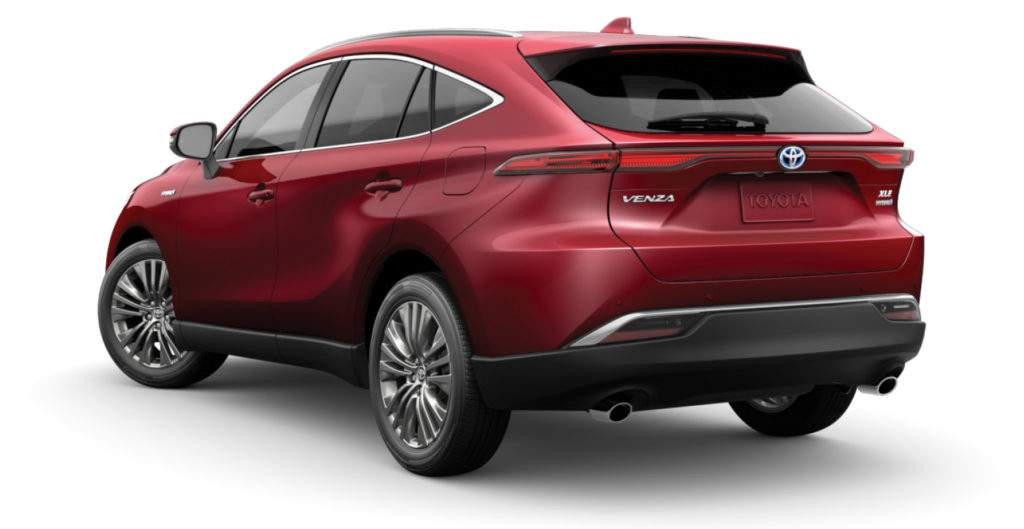
To Use or Not to Use
Reduce Risk of Cross-Contamination
Be Safe, Be Thorough and Stay Current
Vehicle Sanitization—Relevant Terms
(Source: CDC as of 4/23/20):
https://www.cdc.gov/coronavirus/2019-ncov/community/organizations/cleaning-disinfection.html
Disclaimer & Footnotes


